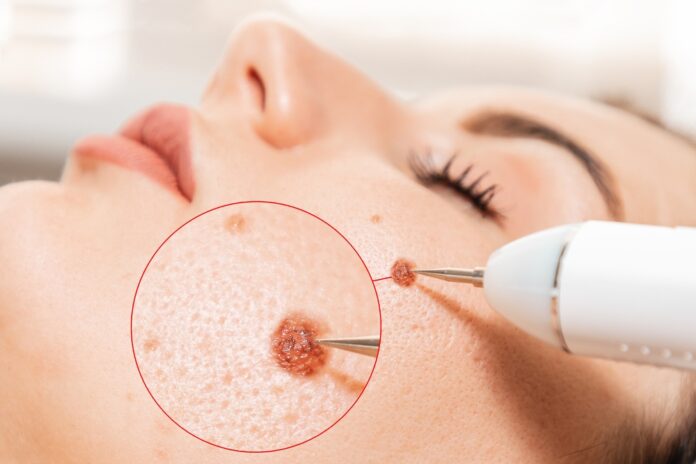
Summertime is synonymous with sunshine and wearing less clothing, but that’s a dangerous combination if proper precautions are ignored. Simply put, melanoma is a cancer of the skin largely caused by exposure to ultraviolet (UV) radiation from the sun or tanning lamps and beds.
Not always, as these may form on areas of the body normally not exposed to UV radiation. It’s rare, but they are sometimes found inside the body, such as in the nose or throat. Either way, the risk of melanoma increases exponentially with exposure to UV rays.
How much? Just five sunburns over a person’s lifetime doubles their melanoma risk, and a person who is sunburned every two years may triple their danger.
Skin cancers are by far the most prevalent form of all cancers. An estimated one in five Americans will develop cancer of the skin in their lifetimes, and only about 1% of these will be diagnosed with melanoma. That number, however, is deceiving.
The American Cancer Society estimates 100,000 Americans will be diagnosed with melanoma in 2022. While this number pales in comparison with over three million new skin cancers in the U.S. each year — 9,500 per day — melanomas still account for the vast majority of skin cancer deaths.
And it’s getting worse. Experts foresee a 50% rise in melanoma cases and a 70% rise in related deaths by 2040.
Many of our ancestors wore hats or carried parasols, a healthy protection from UV rays on top of being snappy fashion statements. Those practices are largely gone, and even when baseball caps adorn heads in 2022, many times they are backwards — nullifying most benefits.
Sunscreen and coverings are particularly important, much more so than cloud cover or temperature. Time of day for exposure is also critical as UV radiation is stronger at midday, particularly but not only in the summer.
Besides being largely preventable, there’s more good news for early detection. In fact, the five-year survival rate for melanomas caught early is a whopping 99%. Getting to know your own skin, even in hard to reach places, is critical.
And yes, melanoma rates are much higher in lighter-skinned populations. This doesn’t let anyone off the hook for prevention since signs are harder to detect with darker skin. This means it is often not caught until later, and THAT means death rates for darker-skinned people are higher.
Summer is for fun, and nothing beats being outdoors. A little protection and common sense may ensure many more summertimes to enjoy.


















